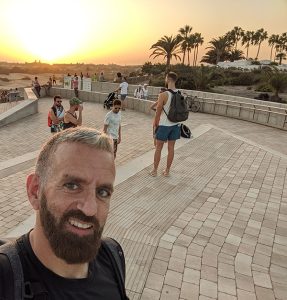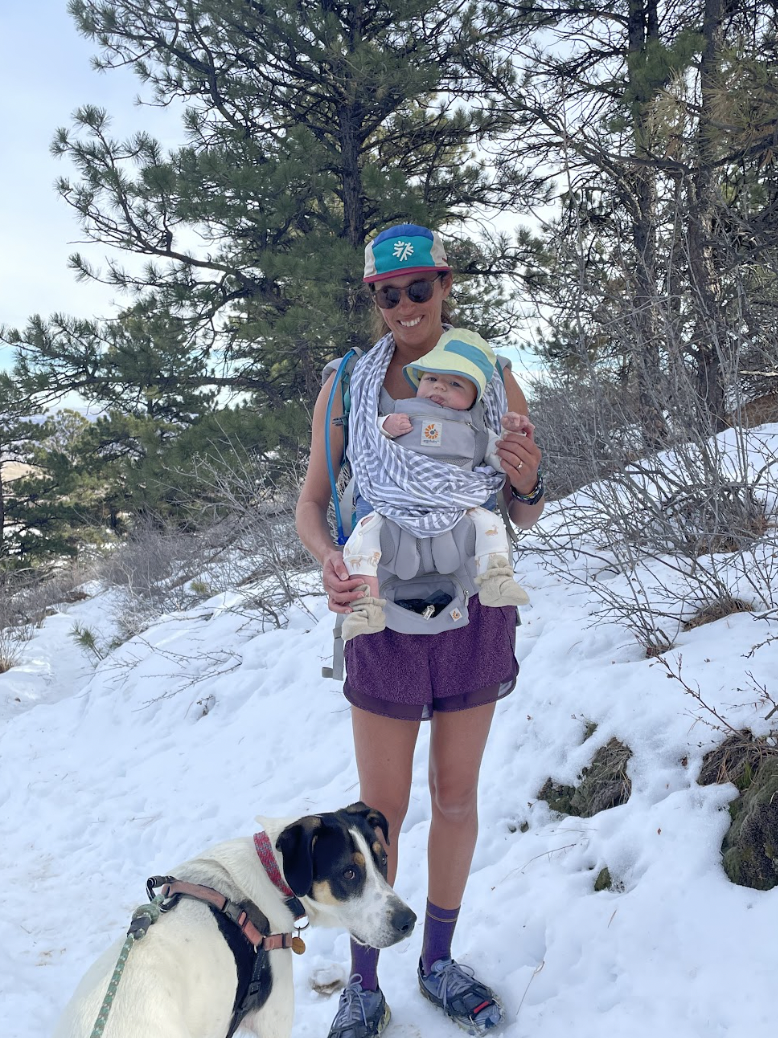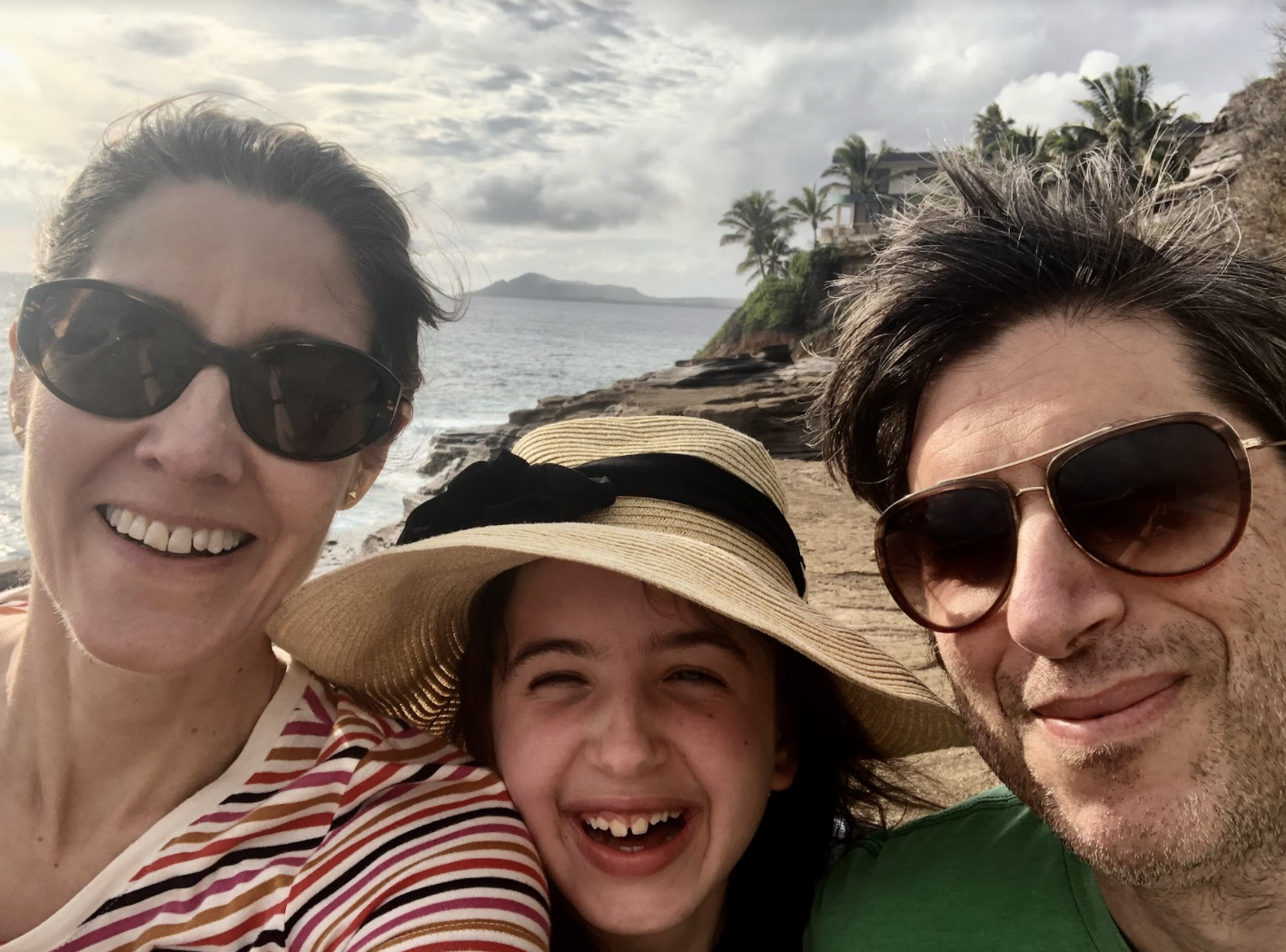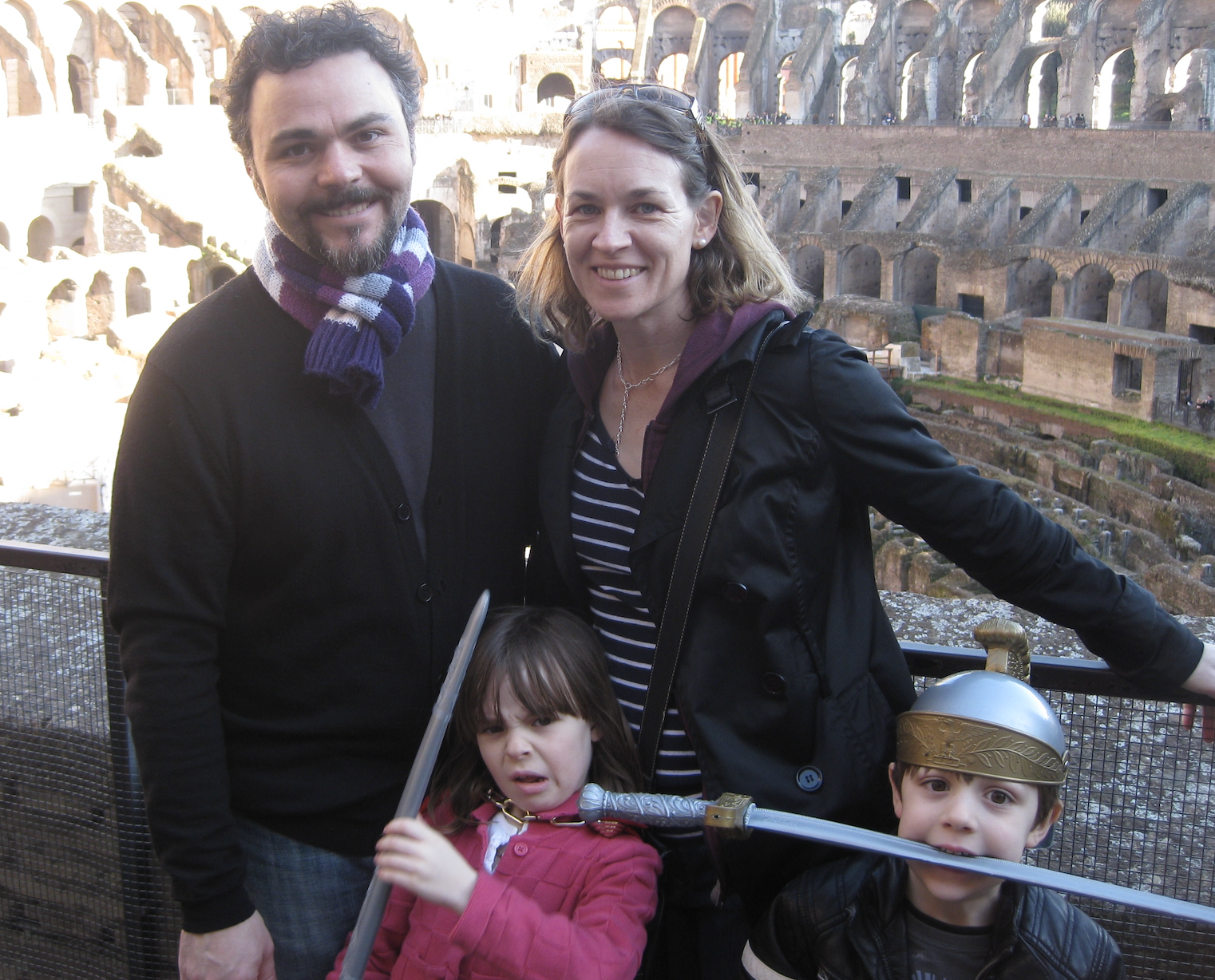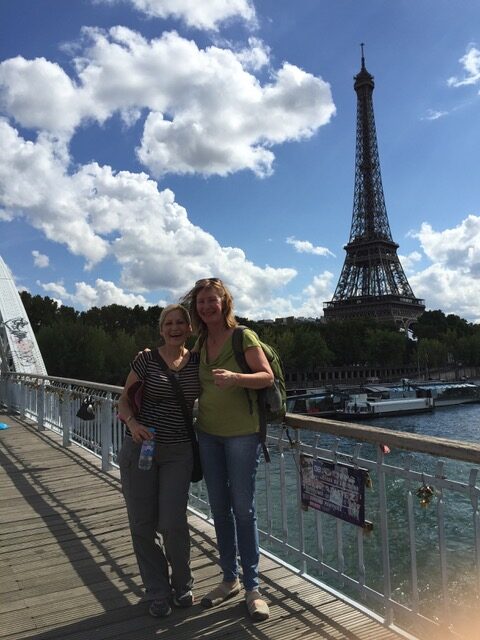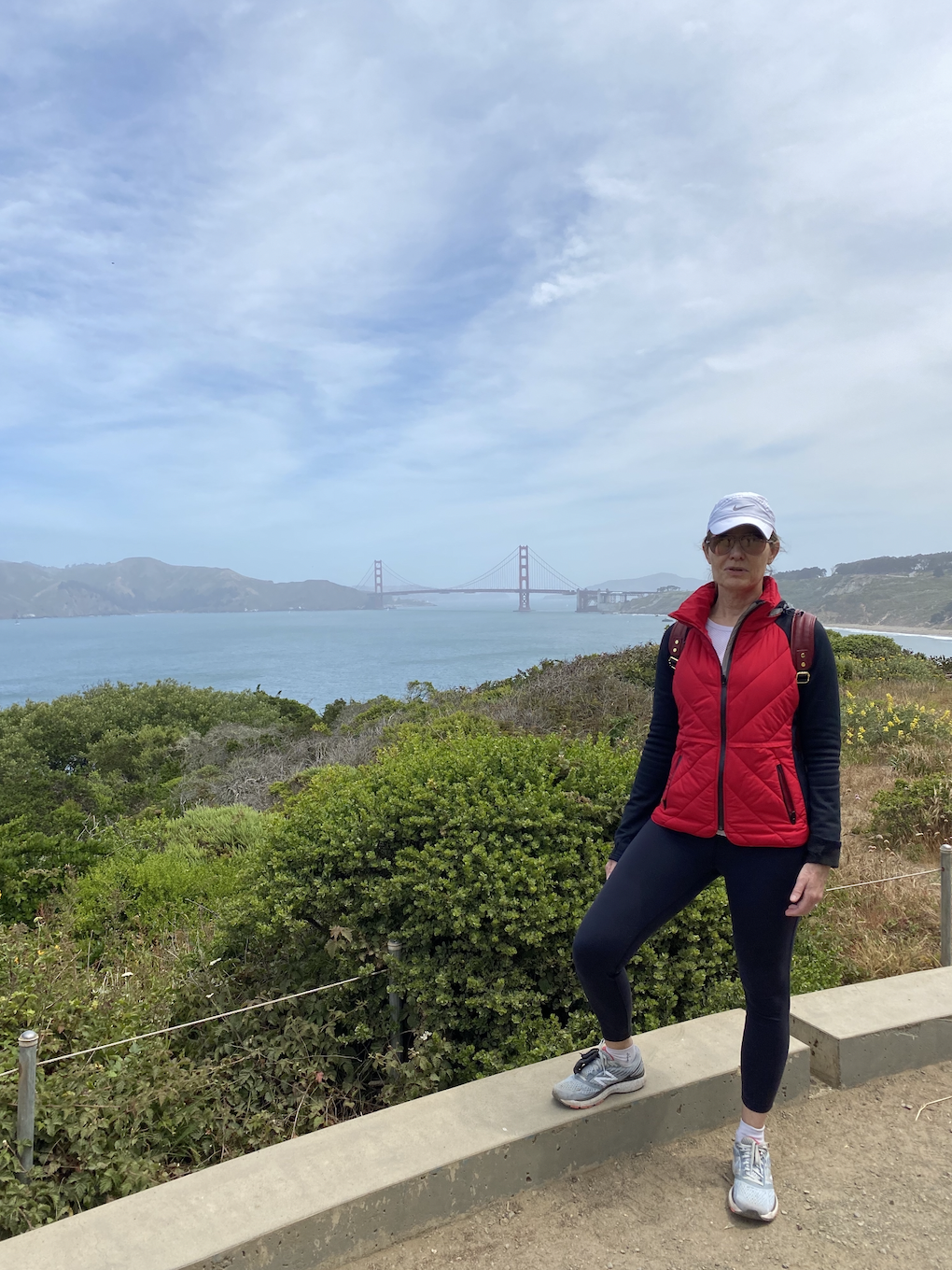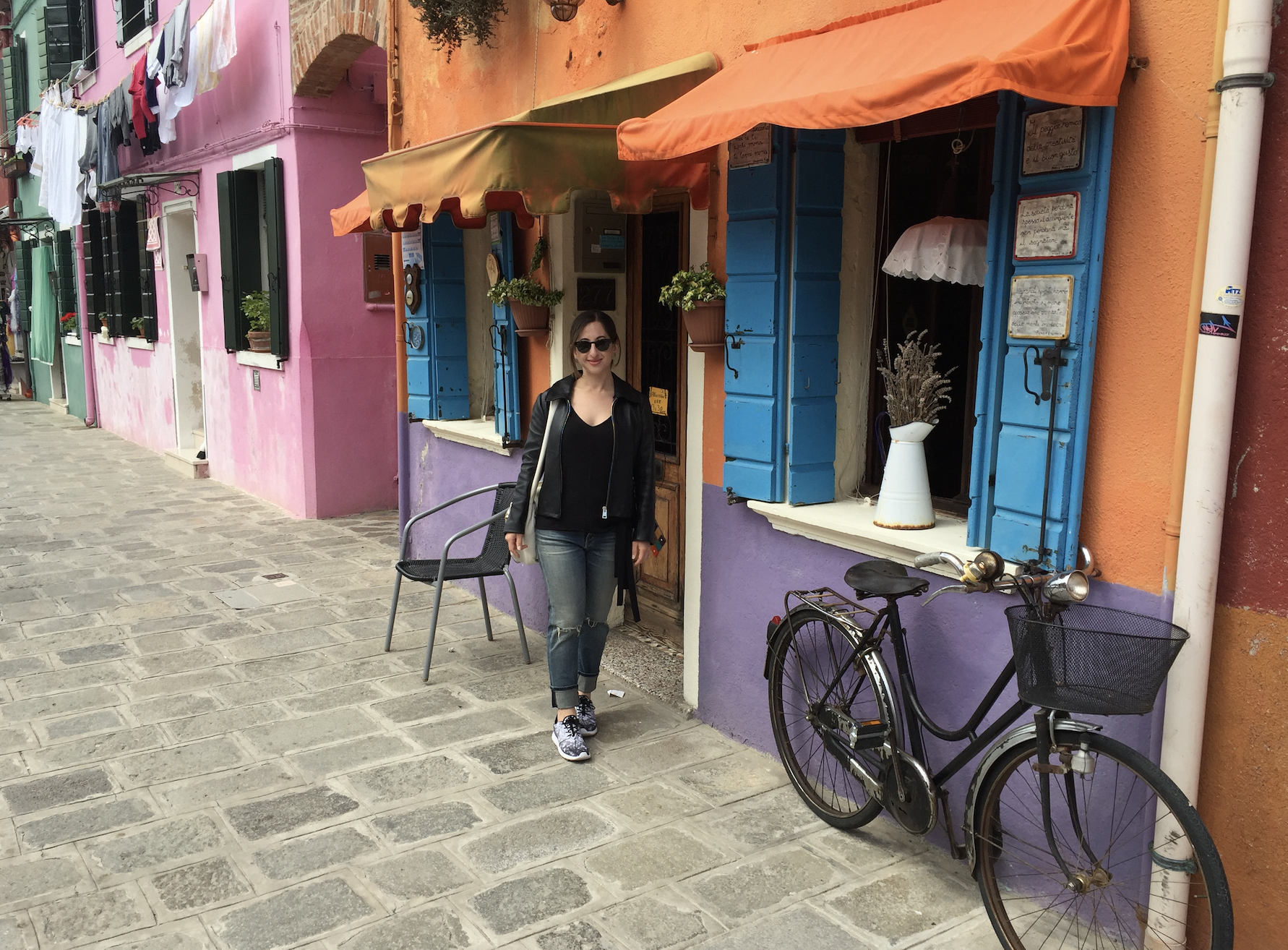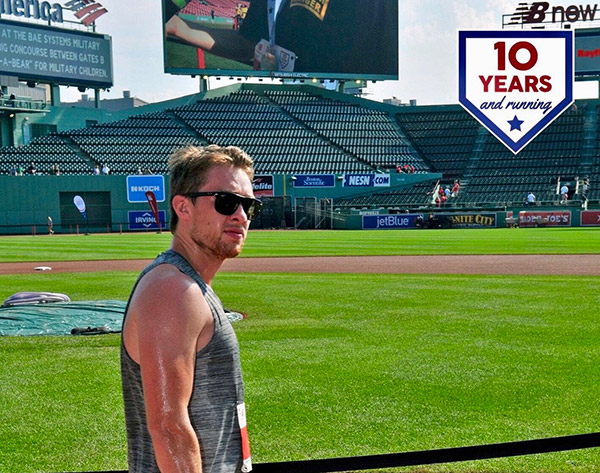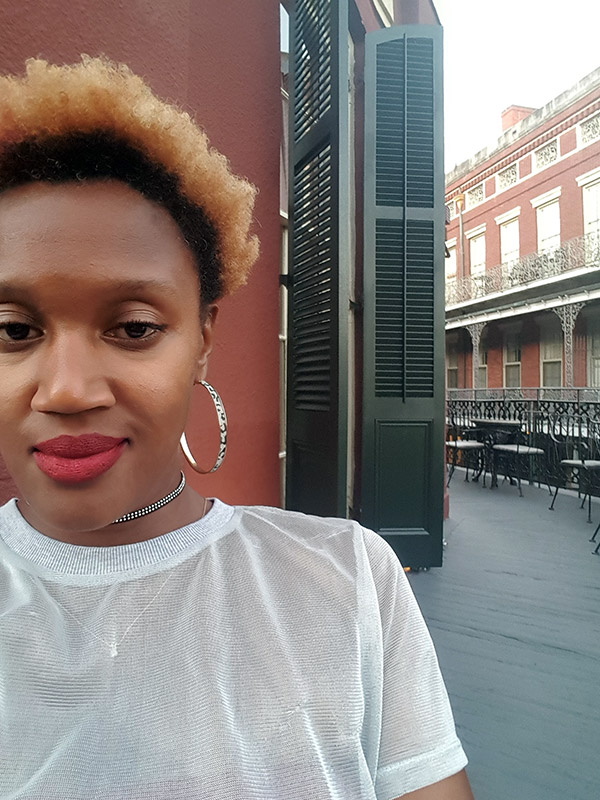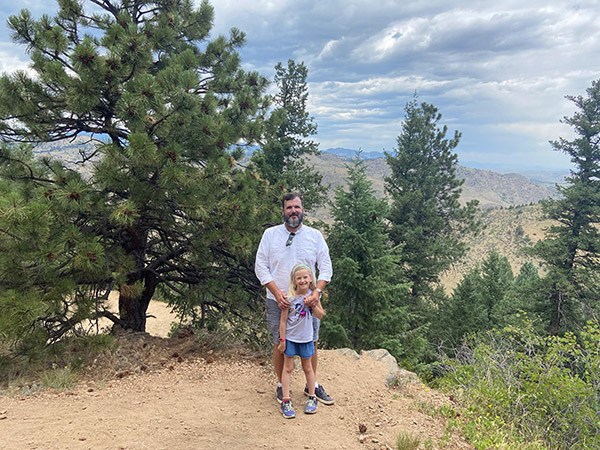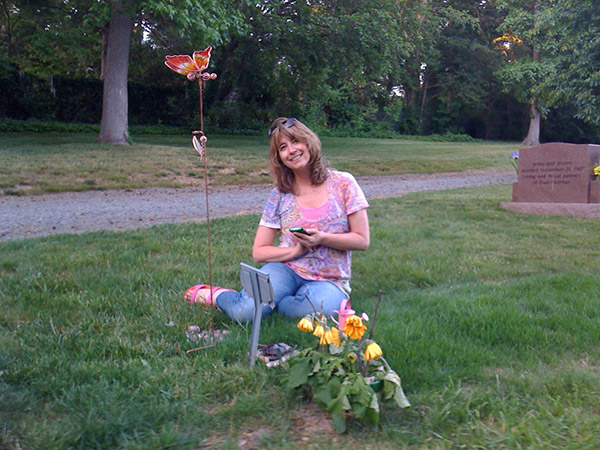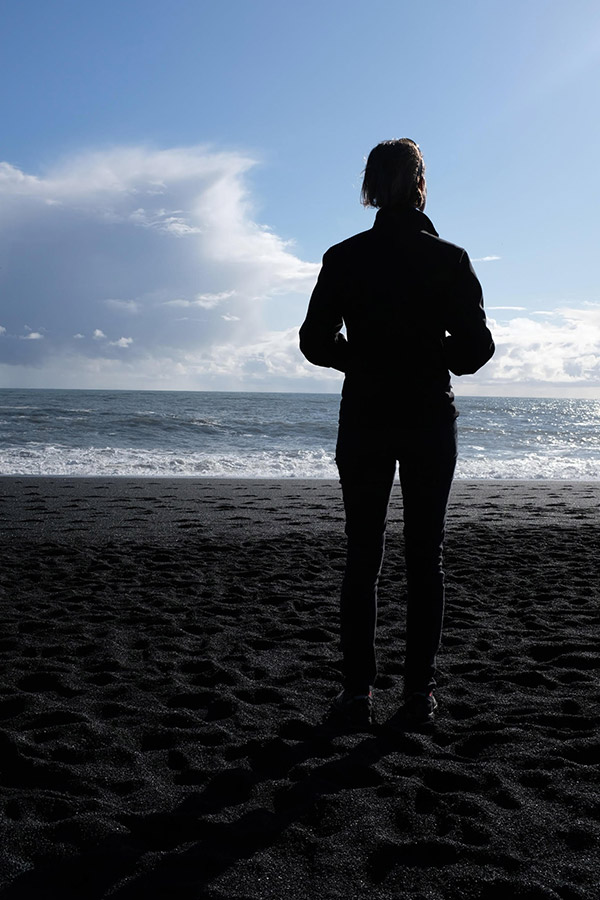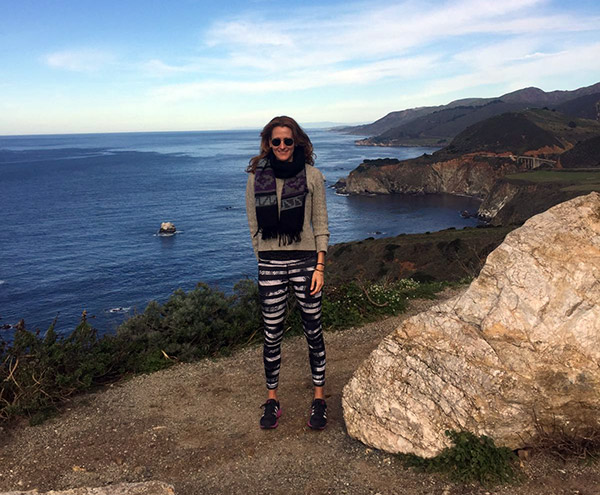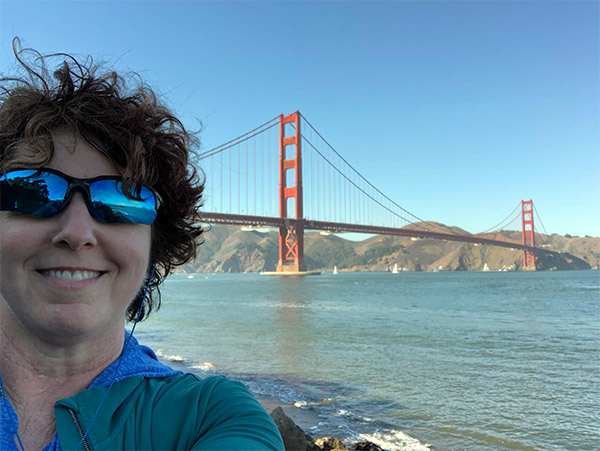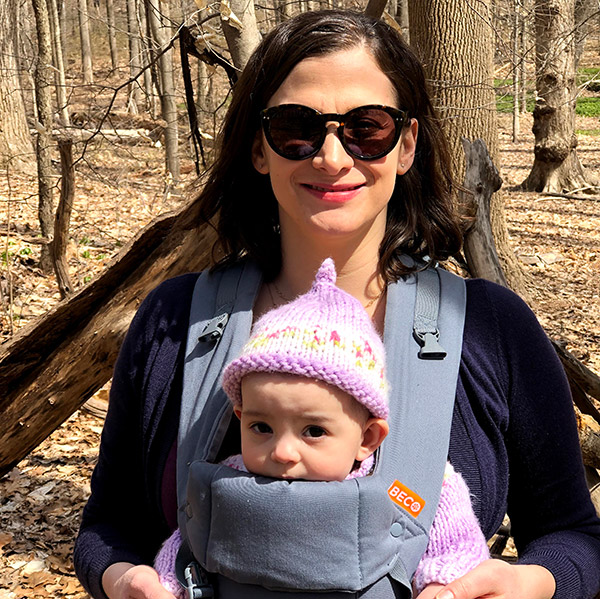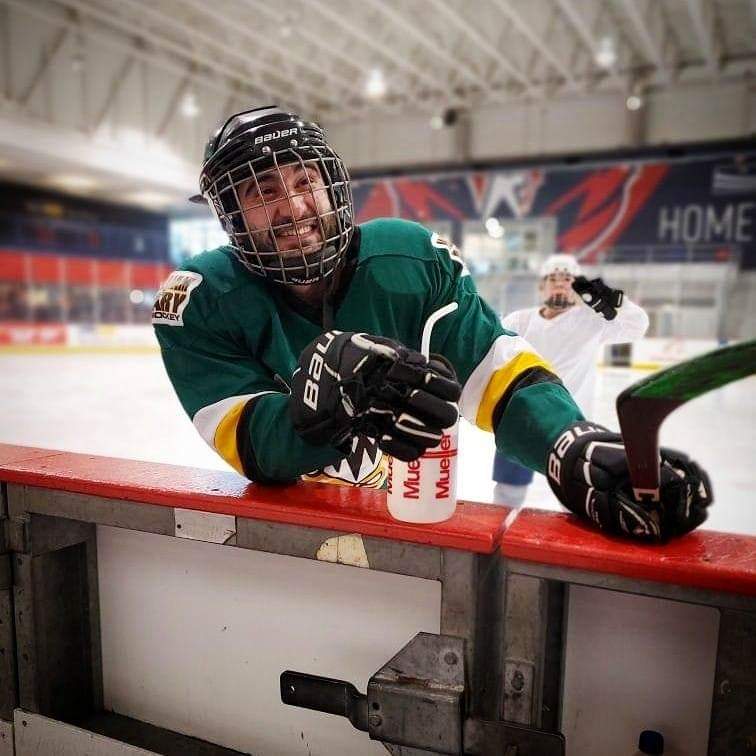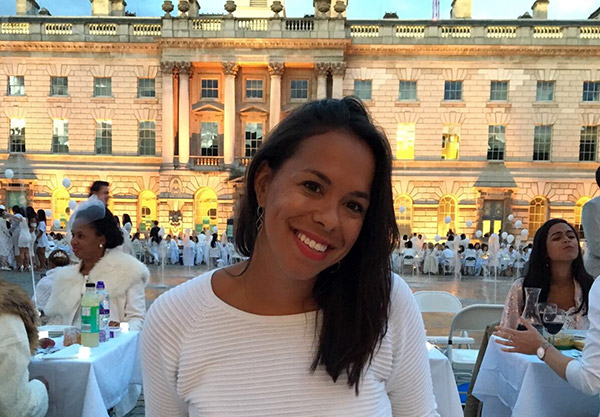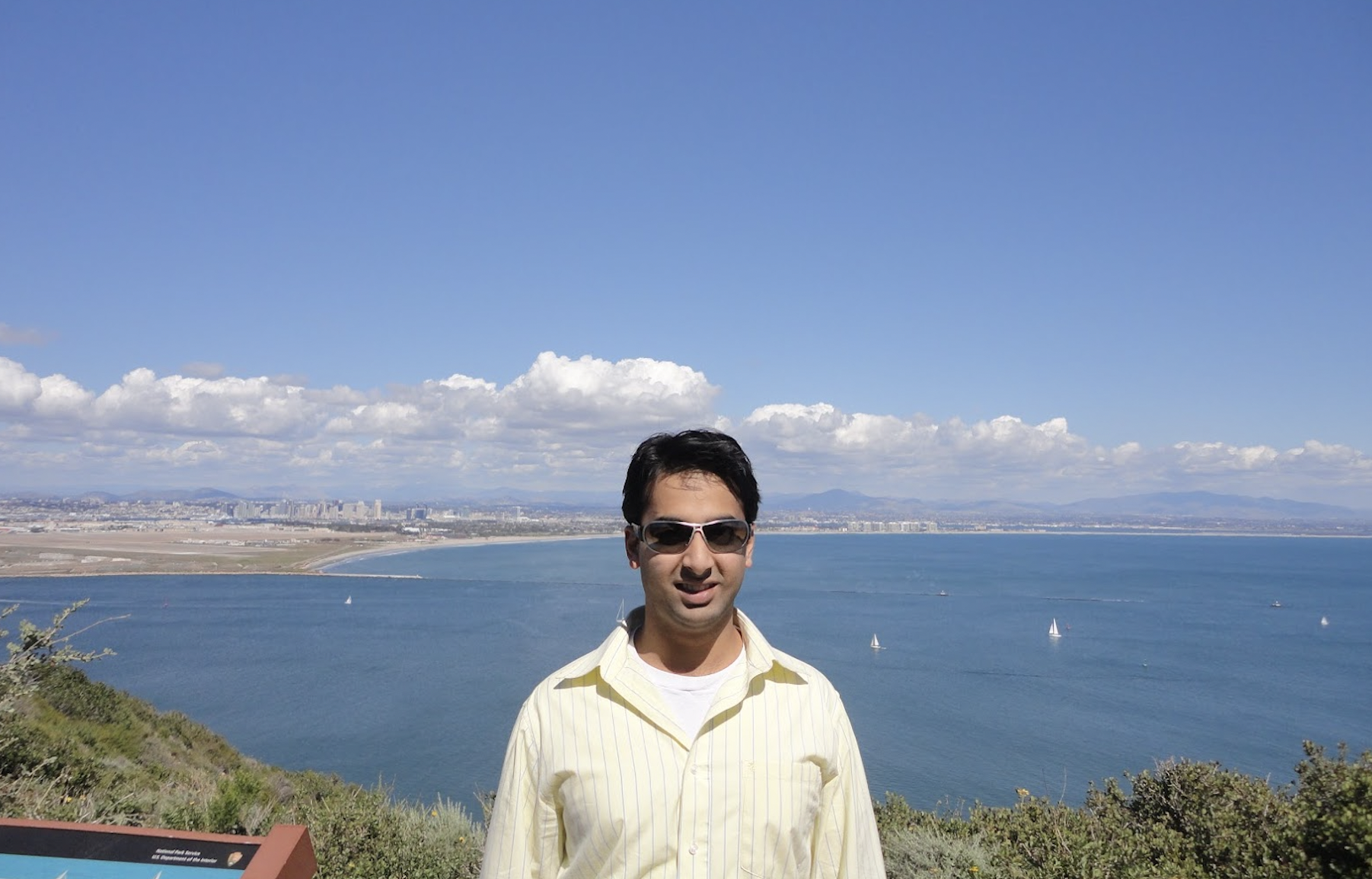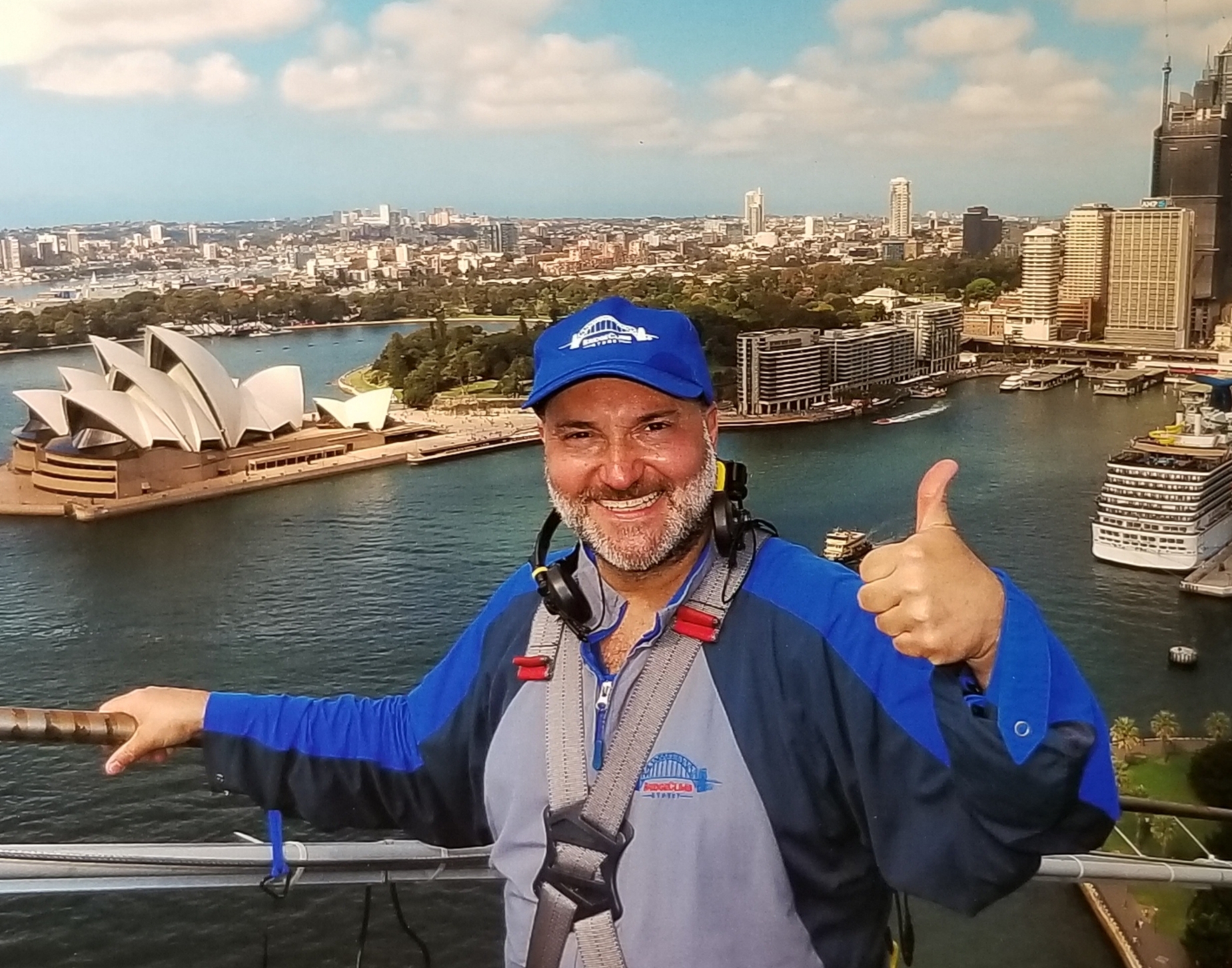Ch-Ch-Changes. Or, the graphic designer, mid-career.
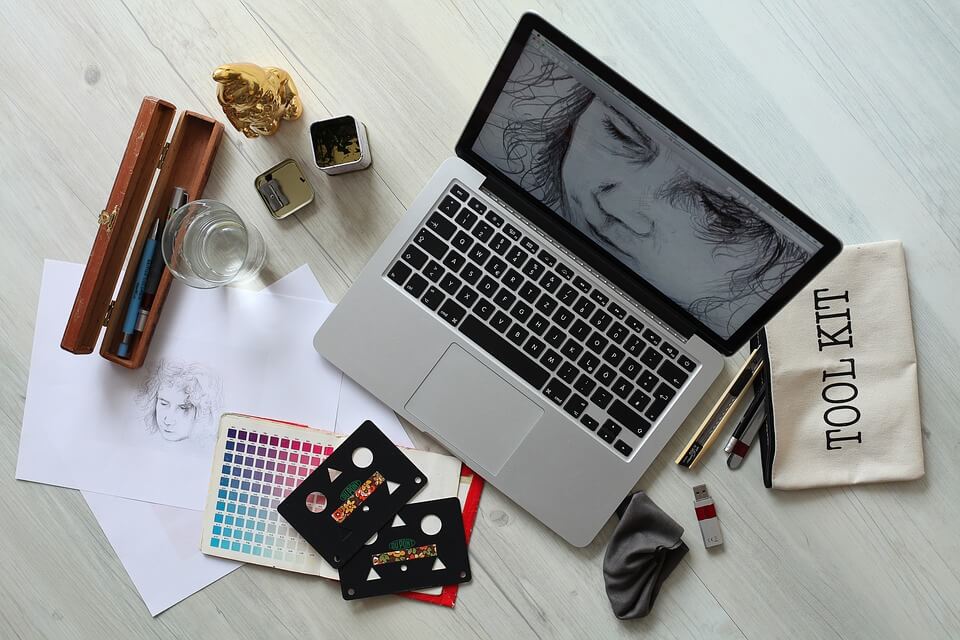
In my previous blog post, I talked about the graphic design evolution brought upon us by the COVID-19 pandemic. But it also got me thinking about the more gradual changes I’ve witnessed in my twenty years as a graphic designer, and how very different things are now compared to when I began. As with a lot of things, you tend to take stock of your career when you reach your mid-forties.
As seems to be the case with many of my colleagues, a career in graphic design was not my initial path. I’d started off college—smart but hamstrung by a less-than-stellar high school GPA—at a small state school in Wisconsin, ostensibly as a psychology major. I quickly found myself spending most of my time not in class, but instead in the school’s radio station, a tiny room in the basement of the student union, playing New Order and Pet Shop Boys to a listening audience that almost certainly never broke out of the single digits.
And, almost as much as I loved the music, I loved the graphic design. Not just the album covers but the posters and promotional materials, too. To me, the visuals of Peter Saville and Mike Farrow were as much a part of the experience as the musical contributions of Peter Hook and Neil Tennant.
Newly inspired, I took a graphic design class as an elective and… I loved it. I earned the first “A” of my college career. And I knew that I’d found my path forward.
I was lucky enough to transfer to an art school in Chicago to study graphic design, in the fall of 1997. It was an interesting time to enter the field, because the industry was in transition, spurred by technology.
By the start of my first class, the school’s darkroom had already been turned into a server closet, although the new digital cameras available to us left a lot to be desired. There were a few old green-screen Macs still around, though, by then, they were used mostly for email, which was still sort of a novelty. We cut and pasted with X-acto knives and glue sticks and stock photos were chosen from hardbound volumes. We devoured Emigre-type catalogs, Graphis annuals and Communication Arts magazines. QuarkXPress ruled the computer labs, as Adobe’s InDesign layout application wouldn’t be released for another couple of years and wouldn’t be widely used for still a few more. Most of my software was “borrowed” from school simply by making copies of it. Back then, paying a monthly fee for an essential piece of software would have been laughed off as pure ridiculousness.
We saved our files to expensive and fragile SyQuest, Jaz, and Zip disks, and we were careful not to let the backpacks that contained them touch the floor of the El trains we commuted on for fear that the electrical field would corrupt their content. It was the stuff of legend—until it happened to me during finals week. We frequented so-called service bureaus for expensive, high-resolution prints, and our portfolios were laid across tables, not viewed online.
Even then, we struggled with the idea of new technologies and the changes they were bringing. It seemed scary, like maybe someday we’d be made obsolete. But, we were assured that the world would always need us and our skillset. Master the fundamentals, we were told. You can always learn the new technology.
After graduating, and less than a year into my first real job, my employer’s focus moved from the print catalogs that were our bread-and-butter to online shopping, and we watched the company’s stock price go from something like fourteen dollars to fourteen cents. And, as we rode the remains of the dot-com bubble, we’d gather each week in the photo studio to find out who among us would be the latest to be let go.
But, between that first graphic design job and now, I adapted. I worked in advertising—shilling dog treats and electrical connectors—and in higher education, designing for a world-class business school. I supported myself for about eight years as a freelancer, and I now work for a large consulting company. I’ve had titles like art director and visual strategist, but I’ve always called myself a graphic designer.
QuarkXPress and its hidden aliens fell from grace a long time ago. The art school kids of today will never know the joy of “borrowed” software; blame it on today’s ubiquitous subscription model. Service bureaus are only a memory. I couldn’t tell you if Emigre still puts out a magazine. And I haven’t used an X-acto knife in ages. But I do rely—daily—on the graphic design fundamentals I learned as a student.
I wonder all the time about what the next twenty years as a graphic designer will bring, but I’ve learned enough to know that:
[inlinetweet prefix=”” tweeter=”” suffix=””]Graphic design will always be about change. Trends and new technologies will continue to guide our paths. But the fundamentals will always be what’s most important.[/inlinetweet]
























